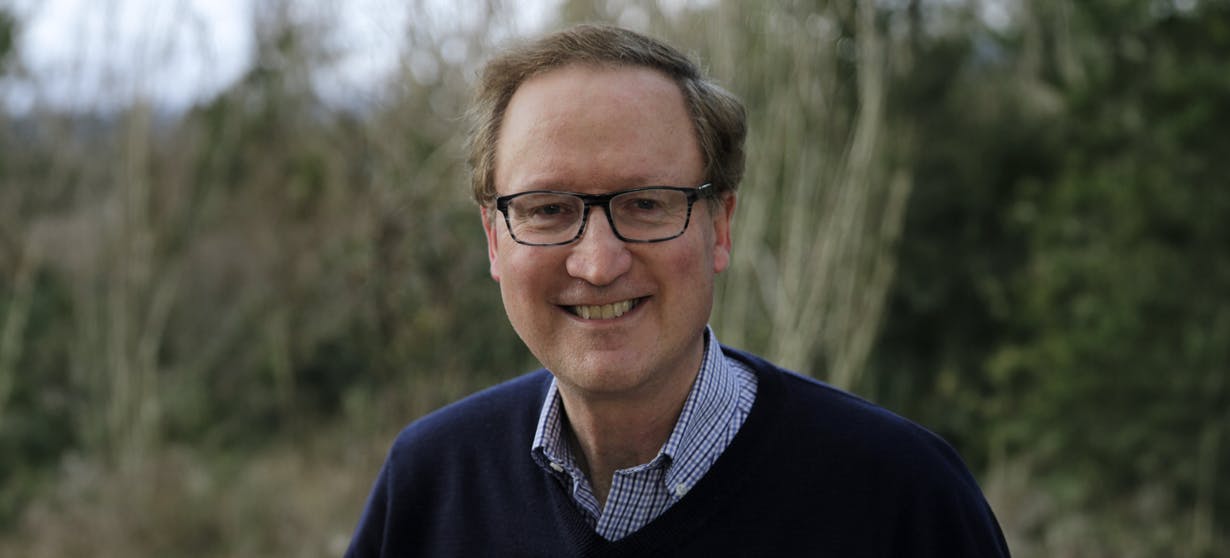The return of “Who is a Jew?”
June 6th, 2023

By Rabbi Alan Silverstein, Ph.D. MERCAZ Olami, President
The Israeli conflict over “Who is a Jew?” is resurfacing in 2023.
A prominent Jewish identity controversy was the 1963 “Brother Daniel Case.” Shmuel Oswald Rufeisen was born a Jew in Poland in 1922, but converted to Catholicism during the war, assumed the name Daniel, and eventually became a priest. Daniel claimed he was still a Jew and sought to attain automatic citizenship under the Law of Return when he moved to Israel. The Israeli government ruled against him due to his Christian conversion; the decision was upheld by the Supreme Court.
With the awakening to activism by Soviet Jewry, aliya by people of questionable halachic status increased. In 1970, the Supreme Court offered clarification about Jewish personal status, expanding the Law of Return to include grandchildren of Jews who — unlike Brother Daniel — had not adopted another religion. This expansion also applied to converts into Judaism through Orthodox institutions in Israel and world-wide, and to those who underwent Reform or Conservative conversions performed outside the State of Israel.
A monopoly in control of Israeli conversion remained in the hands of the government’s “Conversion Authority,” operating under the auspices of the Prime Minister’s Office, with approval of the Chief Rabbinate. This monopoly gained a reputation for generating unpleasant experiences, and so most prospective candidates for conversion did not apply through this structure. Some sought alternative paths, such as programs offered by Modern Orthodox bodies as well as by the Reform and Conservative movements in Israel.
Battles with regard to “Who is a Jew?” inside Israel intensified in the late 1990s. These rivalries led, in 1998, to the Ne’eman Commission compromise, which aimed to address previously unsanctioned Orthodox, Reform, and Conservative conversions taking place inside Israel. The plan failed since the Chief Rabbinate refused to participate or to grant recognition.
As the numbers of olim of halachically questionable status from the former Soviet Union mounted, along with questions regarding the Jewish status of potential olim from Ethiopia, pressure was applied to the Jewish Agency for Israel for a definitive response. To assist olim from the FSU, in 2003 the Jewish Agency created an accelerated conversion program taking place at Israeli absorption centers in Eastern Europe. However, these programs faced an obstacle — they were staffed by Orthodox rabbis not endorsed by the Chief Rabbinate.
The next stage in the “Who is a Jew?” controversy occurred in 2005, when the Supreme Court extended Israeli civil — but not religious — recognition to Reform and Conservative conversions taking place abroad even if preparatory work was completed inside Israel.
By 2010, the Israel Defense Forces felt the need to weigh in. They introduced Nativ: The National Center for Jewish Studies, Identity, and Conversion. Designed for both soldiers and National Service volunteers, the center offers a framework through which people of questionable halachic status can study in a preparatory course for conversion into Judaism. Nativ has continued to graduate hundreds of prospective converts. Unfortunately, this approach too has been frowned upon by the official Israeli rabbinate.
As part of a counter-reaction, in 2010, Knesset Member David Rotem attempted to legislate an increase in the Chief Rabbinate’s authority over conversions. It failed to gain approval, but the legislative momentum did not die. In 2017, Shas and United Torah Judaism advanced a bill to solidify the Chief Rabbinate’s control as the sole body authorized by the government to perform conversions in Israel.
Through it all, a major part of the problem was not being addressed. The government-sanctioned process for conversion is off-putting to many prospective converts from the FSU. They speak Hebrew, serve in the IDF/National Service, and regard themselves as Jews. Yet more than 50 percent of candidates both in Israel’s civilian program and in the IDF Nativ program drop out before completing the process.
Commentator Daniel Gordis pointed out, “Many thousands of these olim would be happy to convert…to fully join the Jewish people. Many though, do not even bother trying, knowing what a horrific experience the rabbinate has in store for them.”
Seeking alternatives, some folks seek conversion in alternative venues: notably the Modern Orthodox Giyur K’Halacha Conversion Court network or other non-Haredi Orthodox but unsanctioned programs. Here are but a few:
* Ami, a conversion program founded by Rabbi Chaim Druckman
* Meir and Ora Institutes in Jerusalem
* Beit Moriah in Be’er Sheva
* Machanaim in Jerusalem and Ramat Gan
* Kibbutz Eyn HaNatziv in the Beit She’an Valley
* Or Torah Stone in Efrat
* B’not Ruth for women in Bat Ayin
Conversion institutes also are offered by the Conservative/Masorti and Reform movements in Israel.
While the independent, unsanctioned liberal Orthodox programs have been free from public disdain, the non-Orthodox movements have not been so fortunate. In response, in 2005 they submitted a case insisting that recognition for civil purposes be accorded to their conversion graduates. The Court delayed its response, hoping that permissive legislation from the Knesset would be forthcoming.
After 15 years of inconclusive Knesset deliberations, in early 2021 the Court acted. It ruled that individuals who convert into Judaism in Israel through the Reform and Conservative movements must be recognized as Jews for the purpose of the Law of Return, and therefore entitled to Israeli citizenship.
Shas and United Torah Judaism were outraged. They vowed not to join any future coalition that was not committed to overturning the Court ruling or legislating to nullify it. With a historically right-wing Haredi government assuming power in the late fall of 2022, this vow gained traction. Proposals to dramatically weaken the authority of the Supreme Court and to enhance the Knesset’s ability to reverse Court rulings have made this threat realistic.
Such a reversal would be harmful to hundreds of alumni and future enrollees in the non-Orthodox Conversion Institute. It also would damage Israel-Diaspora relations, already harmed by the non-implementation of the Kotel Agreement of 2016, by often hateful comments made public by Haredi Knesset members, and by the Rabbinate’s stranglehold on Israeli life-cycle policies.
Consequently, Rabbi Mauricio Balter, executive director of Mercaz Olami and Masorti Olami, submitted a resolution to the April 2023 “Extraordinary” World Zionist Congress gathering opposing the revocation of Conservative and Reform conversions taking place in Israel.
The resolution states:
“Whereas the Israeli Supreme Court in Israel has long recognized Conservative and Reform conversions held in recognized communities — both for the purposes of registration in the Population Registry as Jews and/or for the purposes of the Law of Return,
“Whereas most Diaspora Jews belong to the non-Orthodox streams of Judaism,
“And whereas there are voices in the new Israeli government seeking to bypass the court’s ruling and to promote conversion legislation that will exclude the non-Orthodox streams of Judaism,
[the World Zionist Congress] “calls on the Israeli government not to enact a conversion law that will exclude or discriminate, directly or indirectly, against Jews who were converted under the auspices of the Reform and Conservative streams.”
This Op-Ed was originally published in the Times of Israel




